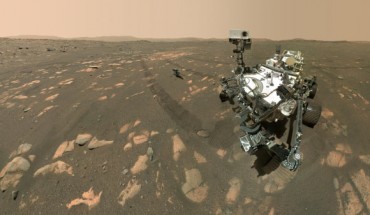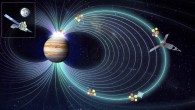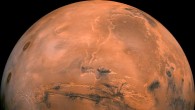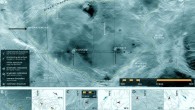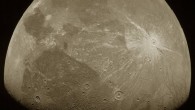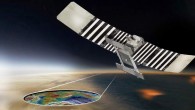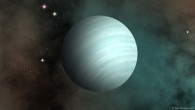Along with analyzing rocks using X-rays and ultraviolet light, NASA’s Perseverance rover will zoom in for close-ups of rock surfaces that might show evidence of past microbial activity in Jezero Crater, the landing site of the Mars rover. This image was taken by the WATSON camera on the robotic arm of Perseverance on April 6, 2021 (46th Martian day, or sol, of the mission). Image credit: NASA / JPL-Caltech / MSSS. Jezero Crater is a 49-km- (30.4-mile)...

